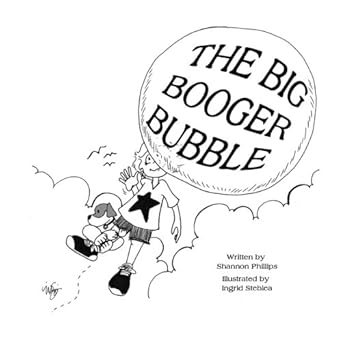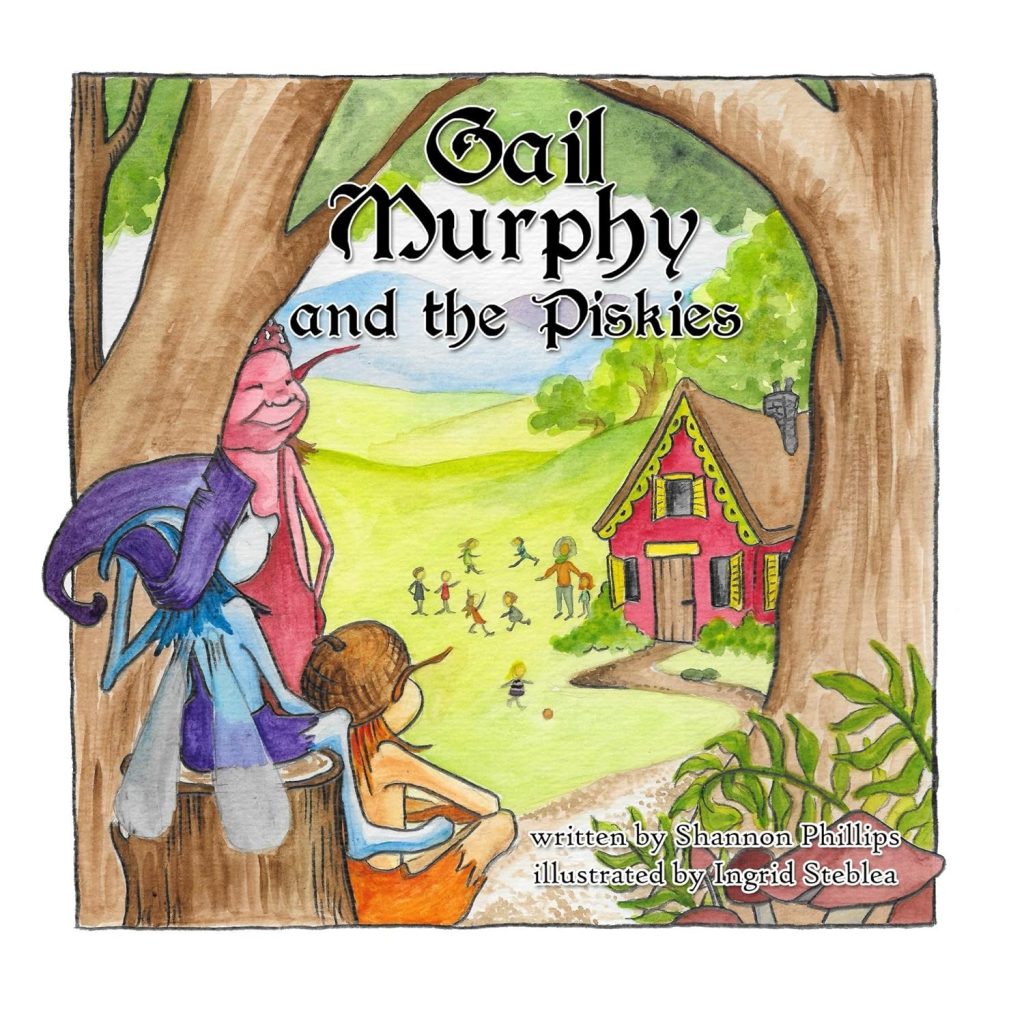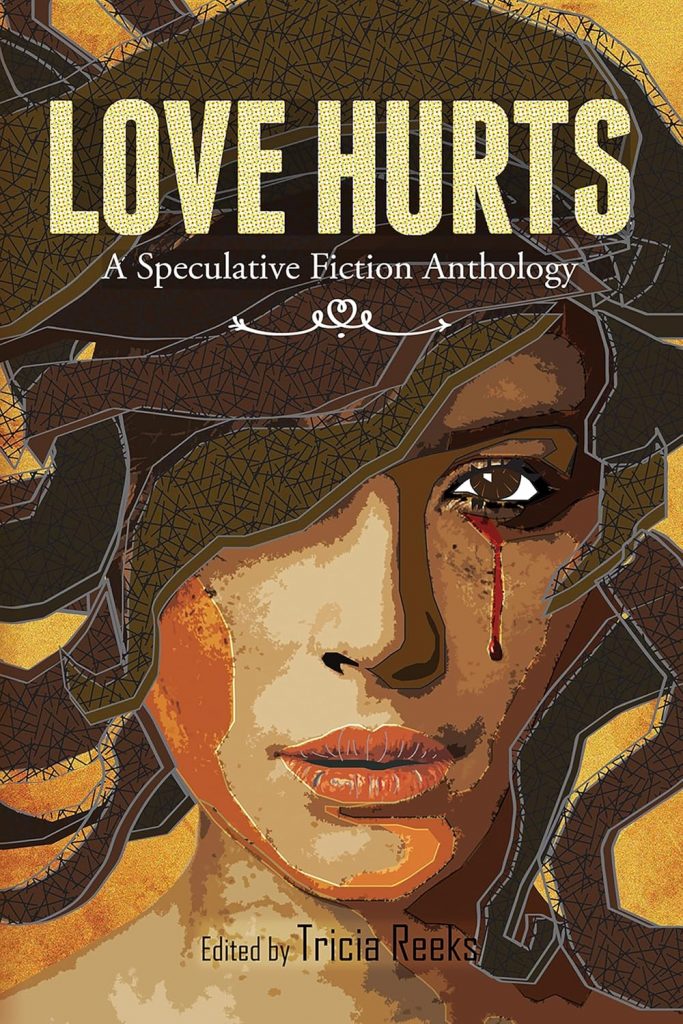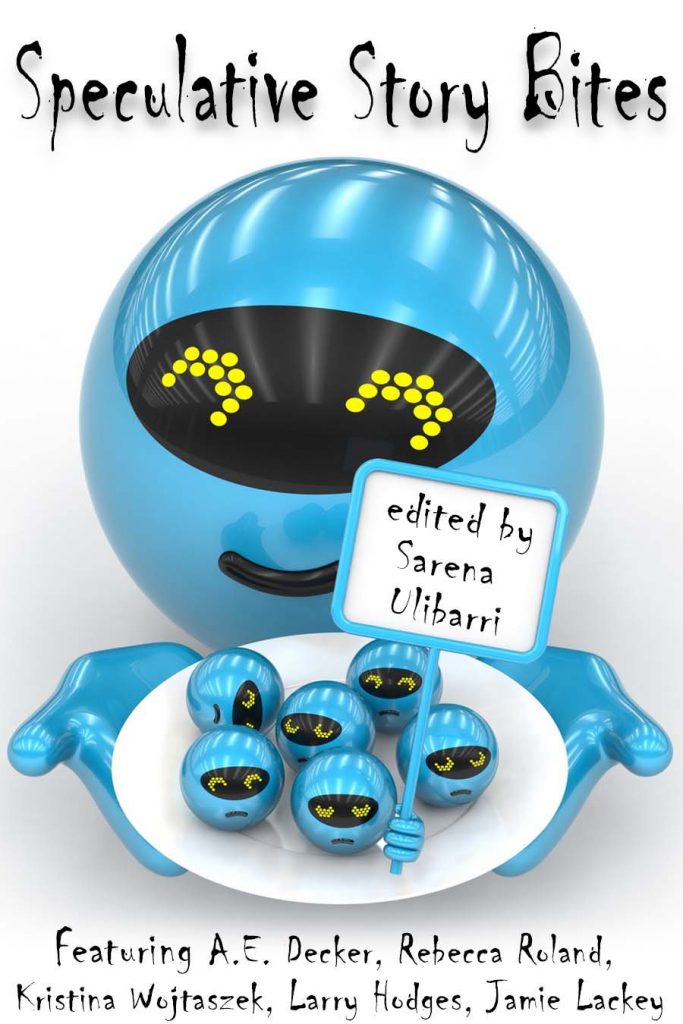Book Reviews: The Hunger Games, Catching Fire, Mockingjay

This review contains mild spoilers.
I’m late to this pop-culture phenomenon, obviously. I avoided the Hunger Games books for a long time because, well, the central premise involves a dystopian future where children are forced to kill each other in an arena, and I didn’t feel like I could handle that. But eventually I had a day where I was feeling thick-skinned, and thought, “what the hey, I’ll read The Hunger Games.”
They are impressively brutal books. I’d say “for YA,” but anybody who reads YA knows that genre doesn’t pull its punches. Adults may like to imagine that teen readers are seeking out nice books with good morals, but the actual audience is hungry for darkness and blood. “Brutal even for YA” would be a more accurate way of putting it. But there’s a few things the Hunger Games books, especially the first one, do to make the premise more tolerable. For one thing, we see the world through the eyes of one of its more hardened and jaded denizens. Katniss Everdeen doesn’t waste sympathy on most of the people around her, and her detachment allows us as readers to remain detached as well. Plus, Katniss keeps her hands relatively clean. She is directly responsible for a few deaths in the arena, but mostly in self-defense, and the opponents who die by her hand are older kids, trained combatants, and particularly brutal and thuggish ones to boot.
The darkest book in the trilogy is the third one, Mockingjay, which has a worldview I found really interesting. It portrays a war that is simultaneously highly glamorized (Katniss is the mascot for the rebellion, so even when she’s placed on the front lines it’s all done for the benefit of the cameras—she has a costume and a team of stylists) and yet in other ways not glamorized at all. The book is ruthless about exposing the civilian costs of warfare, and by the end of Mockingjay any distinction between the good guys and the bad guys has been blurred to the point of erasure.
The Hunger Games holds up a funhouse mirror to modern America. The world of Panem, where kids flat-out slaughter each other for the entertainment of a jaded viewing public, functions as a savage satire of a society that accepts reality programming like “Toddlers and Tiaras” or “Buckwild.” But the war of Mockingjay, which is fought in streets and in neighborhoods and most of all over the airwaves, seems less like satire and more like a fairly straightforward projection of current trends.











